I'm new to reading Bluetooth device (BLE) data, and tried to follow this Medium tutorial (my Bluetooth Device is an Amazfit Bip).
I got stuck with finding the btsnoop_hci.log file (from a Samsung Galaxy S7), so I ran adb bugreport anewbugreportfolder as recommended in this Stack Overflow answer here.
In order for reproducibility, I uploaded the relevant part of my bugreport to Dropbox here.
My issue is: when I try to run btsnoop.py (can be found here) as recommended in the Stack Overflow answer linked above, I get very strange output that can't possibly be intended (for example, it starts with ��^D#} and contains lots of those weird question mark characters).
Is there some parts of the Python script that need to be adjusted for it to work correctly, for example encodings (none of the standard ones seem to give better results)? I am using Python 3.7. Alternatively, might it be about my Bluetooth device?

